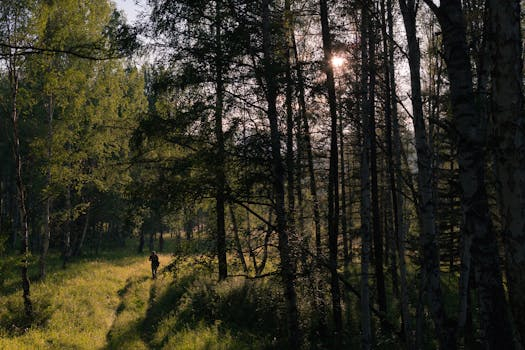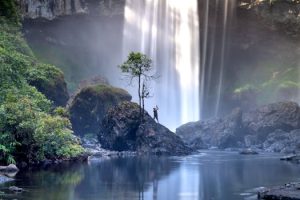Biodiversity Conservation: Exploration as a Path to Understanding
Biodiversity is an essential element of life on Earth and is crucial for the survival of all species, including humans. It encompasses the variety of living organisms, their genetic diversity, and the ecosystems in which they live. Unfortunately, due to human activities, biodiversity is facing a severe decline, with many species on the brink of extinction. This is a cause for concern as the loss of biodiversity brings about detrimental effects on the health of the planet and all its inhabitants. To mitigate this problem, biodiversity conservation has become a top priority for scientists, environmentalists, and governments around the world. One promising strategy for achieving biodiversity conservation is through exploration.
The Importance of Biodiversity Conservation
Biodiversity is crucial for maintaining a balanced and healthy ecosystem. It provides humans and other species with essential ecosystem services such as clean air and water, pollination, nutrient cycling, and natural pest control. Biodiversity also plays a significant role in the regulation of climate, as forests and marine ecosystems act as carbon sinks, absorbing carbon dioxide and mitigating the effects of climate change.
Moreover, biodiversity is also crucial for human well-being. It provides us with food, medicine, and raw materials for industrial and economic activities. According to a report by the United Nations, nearly half of the world’s population relies on natural resources for their livelihoods. Without proper biodiversity conservation measures, these resources will become depleted, leading to detrimental consequences for humans, such as food shortages and economic instability.
The Problems of Biodiversity Loss
While biodiversity conservation is essential, the loss of biodiversity continues to be a significant global threat. Human activities, such as deforestation, overfishing, and pollution, are some of the main causes of biodiversity decline. These activities disrupt ecosystems, leading to habitat loss, species extinction, and imbalances in the food chain.
The loss of biodiversity also negatively impacts the food and agricultural sector. As many crops rely on pollinators such as bees and butterflies, their decline can jeopardize crop production and food security. It also threatens global food diversity, as many traditional diets and cultural practices rely on a variety of plants and animals.
Exploration as a Strategy for Biodiversity Conservation
Exploration refers to the process of going out into nature to observe, document, and collect samples of living organisms, their genetic material, and their habitats. By exploring different parts of the world, scientists can gain a better understanding of the diversity and distribution of species, identify new species, and collect valuable data on their behavior, ecology, and genetics.
Exploration can aid in the conservation of biodiversity in several ways. For instance, it can help identify areas with high levels of biodiversity and areas that are in need of protection. It can also reveal the presence of endangered or newly discovered species, leading to the implementation of conservation efforts to safeguard them.
Furthermore, exploration can also provide scientists with a better understanding of the interconnectivity of different species and their ecosystems. This knowledge is crucial for effective management and conservation of these ecosystems. It can also aid in developing more sustainable and eco-friendly practices that can reduce human impact on the environment and promote biodiversity conservation.
Conclusion
Biodiversity conservation is a crucial aspect of environmental protection and sustainable development. Exploring and understanding our diverse planet is crucial for achieving this goal. Through exploration, we can gain a better understanding of the importance of biodiversity, the threats it faces, and how we can better preserve it for future generations. It is time for individuals and governments to support and invest in exploration as a pathway to ensuring our understanding of biodiversity, and taking steps towards its conservation.











